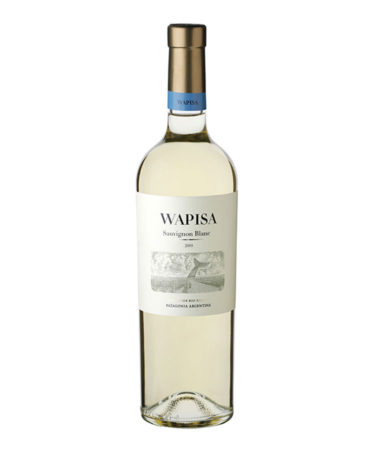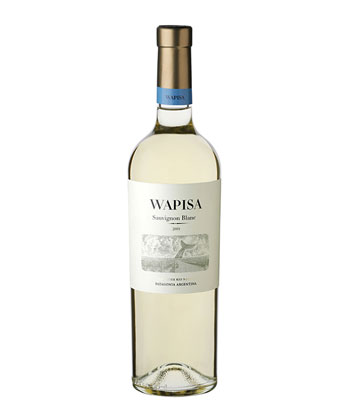Sauvignon Blanc is ubiquitous. It’s grown almost everywhere, and for good reason: It will pair with just about any dish that calls for white wine, although stylistically, Sauvignon Blanc varies considerably depending on where it is grown and whether it is aged in oak (most of the time, it’s not).
One country not especially known for Sauvignon Blanc is Argentina. It’s a minor player there, unlike neighboring Chile, where Sauvignon Blanc is the dominant white grape and produces racy, herbal wines similar to those of New Zealand. But Argentine Sauvignon production has been growing in recent years.
One of the newer wineries producing Argentine Sauvignon Blanc is Wapisa in the Rio Negro region of Patagonia, not far from the Atlantic Ocean. Wapisa’s exceptional 2019 Sauvignon Blanc demonstrates why the cool-climate region, and Argentina, deserve more attention when it comes to Sauvignon.
The conditions — Wapisa is one of the few wineries in the coastal part of Patagonia — are similar to those of Bordeaux, which is also on a river, not far from the ocean, and where Sauvignon Blanc is the signature white variety.
“Sauvignon Blanc likes the coast, likes the ocean,” Patricia Freuler Ortiz, Wapisa’s owner, said during a virtual tasting of Wapisa’s wines not long ago. “If you look [around] the world, Sauvignon Blancs are always close to the ocean.” Wapisa means “whale” in the dialect of the indigenous people who once inhabited the region.
Wapisa’s 2019 Sauvignon Blanc is delicious and complex. A core of ripe stone fruit and lemon-lime are accented by white flowers and touches of smoke, white pepper, and salt — the latter a function of Wapisa’s proximity to the Atlantic, Ortiz maintains. There’s a steely minerality on the long finish.
“You can see it’s not like the New Zealand Sauvignon Blanc — it’s not so herbal, not so grassy,” Ortiz said from her home in Buenos Aires, where she spent months during the pandemic. “It’s not the Sauvignon Blanc from Mendoza [Argentina’s biggest wine region], which is much more tropical.” Alcohol is a refreshing 12.5 percent.
The wine is also a phenomenal value at about $15 and is part of a portfolio that includes a Pinot Noir (Patagonia is known for the variety,) and a Malbec that the young winery produces because, as Ortiz put it, “We are in Argentina and we have to try Malbec.”

